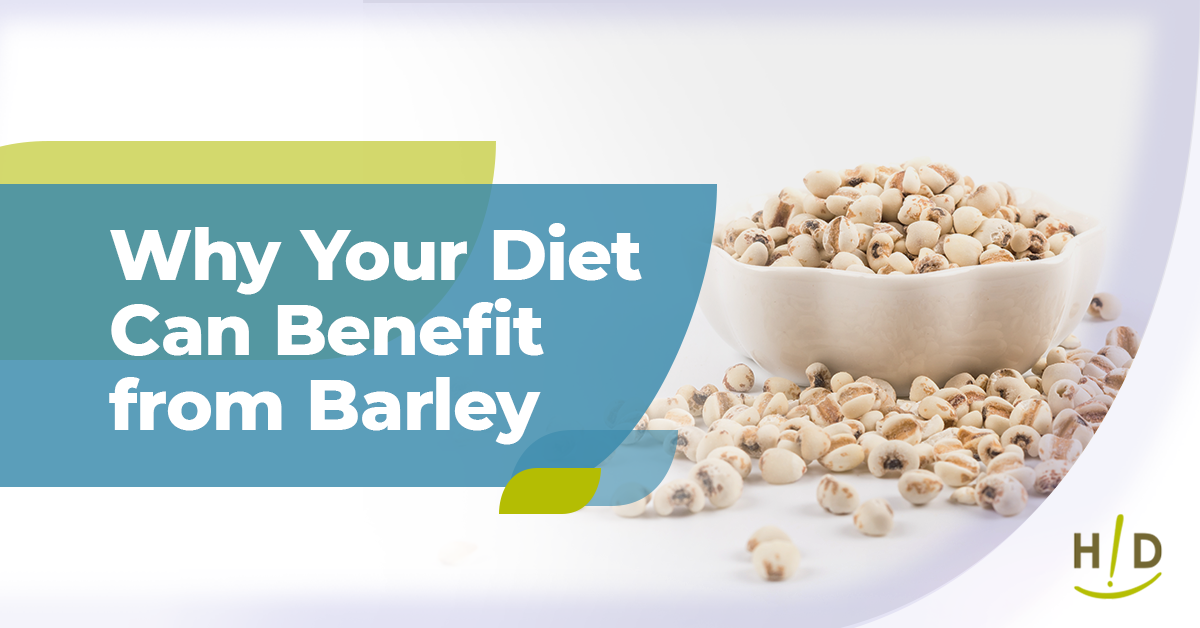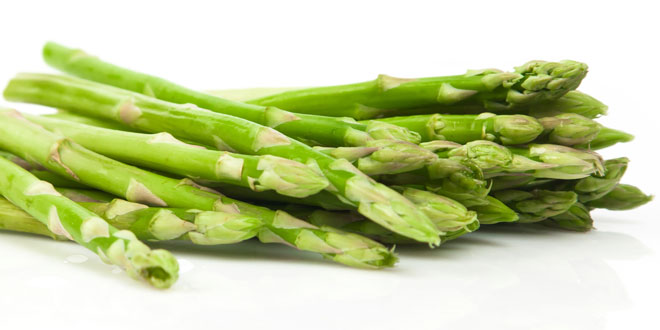You may have encountered barley during your shopping trips, but did you know it can be a great addition to your diet? While this seed is widely cultivated for use in beer and whiskey production, barley has a variety of nutritional benefits. Barley is a cereal grain with a chewy texture and a mild nutty flavor and is commonly available in two types: hulled and pearled. Hulled barley is a whole grain and has only had its outer shell removed during processing. Pearled barley, however, has had both the shell and the fiber-containing bran removed. While both are healthy additions to your diet, hulled barley contains far more nutrients. Let's take a look at why barley is a powerful addition to your diet.
Nutritional Value
One half-cup of uncooked, hulled barley has
- Calories: 354
- Carbs: 73.5 grams
- Fiber: 17.3 grams
- Protein: 12.5 grams
- Fat: 2.3 grams
- Thiamine: 43% of the Reference Daily Intake (RDI)
- Riboflavin: 17% of the RDI
- Niacin: 23% of the RDI
- Vitamin B6: 16% of the RDI
- Folate: 5% of the RDI
- Iron: 20% of the RDI
- Magnesium: 33% of the RDI
- Phosphorus: 26% of the RDI
- Potassium: 13% of the RDI
- Zinc: 18% of the RDI
- Copper: 25% of the RDI
- Manganese: 97% of the RDI
- Selenium: 54% of the RDI
The main type of fiber found in barley is beta-glucan. This fiber could help lower cholesterol and improve your body's blood sugar control. The antioxidants vitamin E, beta-carotene, lutein, and zeaxanthin can all be found in barley, and these can help protect against and repair cell damage. Barley also has been shown to have a positive impact on digestive health thanks to its high fiber content. This helps to potentially help relieve constipation and improve the symptoms of ulcerative colitis.
How To Add Barley To Your Diet
Barley is incredibly easy to add to your diet and comes in a wide variety of forms. As a result, there is sure to be a barley type that can be added to your recipes, including:
Hulled barley: Hulled barley is the whole-grain version of barley that has only had the inedible hull removed. This is chewier and takes longer to cook than pearl barley but has higher nutrition content.
Pearl barley: Pearl barley has had both the inedible shell and bran removed. While this allows it to cook faster than hulled barley, it also has a comparatively lower nutritional content.
Barley flakes: Barley flakes are a sliced and flattened version of barley that is similar to rolled oats. Barley flakes will cook quickly but have fewer nutrients than other forms.
Barley grits: Barley grits are made by toasting and cracking barley. These grits can vary in nutrition value depending on the type of barley used to create them. No matter how you choose to add barley to your diet, you will be giving yourself a great addition to your diet. Be sure to check out our selection of supplements to help you fill in any gaps in your nutrition.









2 comments
james fressel
always good stuff
always good stuff
Beverly Benner
Thank you for this information. I have been confused, not knowing which product is most healthy.
Thank you for this information. I have been confused, not knowing which product is most healthy.